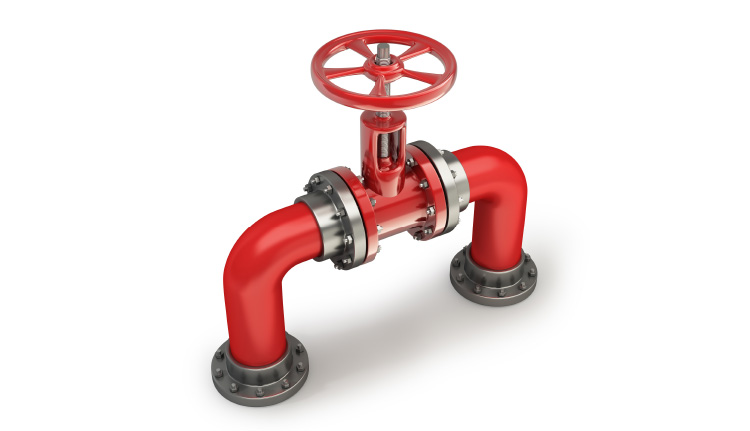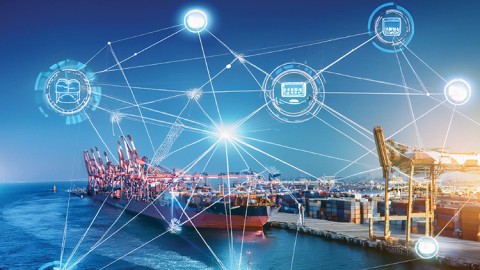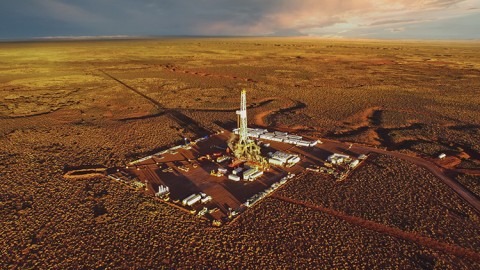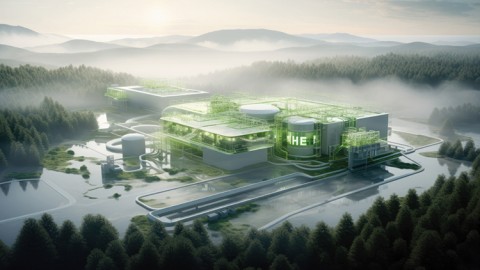To begin with, it is essential to understand the importance of pipeline infrastructure as oil and gas, as well as distillation products and chemically stable compounds, are typically transferred between locations through pipelines. Ever since the turn of the century, investments in the worldwide pipeline business have grown rapidly.
Pipelines carrying oil and gas serve as genuine arteries within the Earth. They transfer gas and oil throughout the world using massive steel and plastic pipelines. Their relevance in international affairs is undeniable since they can be utilized to deliver energy to any region, including those with no natural assets.
In fact, the growth in investments is due to favorable market circumstances and market trends, which are produced by factors such as a rise in offshore operations, growth in deep water productivity, and the discovery of isolated and difficult-to-reach fields. With that, the pipeline industry contributes around 40% of the overall offshore capex. The primary market restraints would be the poor economy and economic turmoil in some regions of the globe.
General Overview
Furthermore, the new phase of substantially lower pricing is taking root in the oil and gas industry, placing severely leveraged oil and gas firms on credit-rating organizations’ watchlists and impeding even the most effective capital-expenditure and transport strategies. More than financial modifications are required to address the underlying decline in oil markets.
Consequently, the sector is not opposed to embracing these new technologies. It has invented or used a wide range of cutting-edge innovations over the last half century, including geophones, robotics, satellites, and sophisticated workflow remedies. These systems, nevertheless, largely work at the asset level, are not connected across sectors, and do not integrate company information. The oil and gas sector has one of the lowest levels of digital sophistication, at 4.68 on a scale of 1 to 10, with 1 being the least developed and 10 as the most developed. It was found that less digitally developed firms tend to rely on particular technologies and have policies that are definitely practical in emphasis.
Despite that, the deployment of technology doesn’t really generate economic benefit by itself. To do this, businesses must relate IoT installations, like any other technology adoption, to particular business goals, which may be roughly summarised using 3 types of increasing breadth. Businesses attempt to reduce hazards to health, safety, and the environment by minimizing interruptions. Following that, businesses strive to increase operational cost and capital efficiency by boosting productivity and optimizing the distribution network. At the broadest level, businesses attempt to discover new revenue opportunities and strategic edges that will revolutionize the firm.
Pipeline Connectivity
The decrease in demand, a growing emphasis on renewables, security risks, and harsh weather all pose obstacles; yet, the sector is reacting with better operational excellence, boosting output while decreasing costs.
Connectivity is a critical component of this. With the dependable and timely transmission of crucial data from distant locations, as well as the capacity to carry out orders remotely, manufacturers may eliminate the need to deploy field staff, lowering costs and enabling faster reaction times. Because pipelines must pass through isolated places, broadcast connectivity is the right approach for stability and reliability; with Ground Control’s solutions, firms can also effectively manage expenses, with remote enablement or deactivating of GPS trackers as required, and the ability to exploit mobile networks if accessible. As suggested by a Pipeline Inspection Engineer, who preferred anonymity, “[Connectivity] is a very underrated concern for pipelines. Maintenance and investing in good quality materials is important to making the operation run smoothly, but the innovative [technologies] is what makes a difference in the field.”
In fact, the expanding use of IoT in the midstream oil and gas industry is a significant trend that will benefit the oil and gas pipeline and transportation management industry. The analysis of various oil and gas pipelines as well as transport automation technologies such as SCADA and PLC minimize maintenance and operation expenses. The increased awareness of online technology and the versatility of operating software applications are projected to have an effect on market development in the coming future.
Without a question, the destiny of pipelines will be determined by how technology is used in their design, operations, and upkeep. In addition to the resources innate in the procedure of monitoring and administration (operational software, leak detection, etc.), new technology is increasingly being taken into account, utilizing Analysis Tools (Big Data, Artificial Intelligence), premised not only on operational information but also on information generated by sensors on gadgets.
In addition to increasing production, these tools will redefine pipeline upkeep, lowering the chance of accidents and speeding up repairs. Meanwhile, research is being conducted to improve the material used to lengthen the lifetime of pipes, which is now reaching 20 years.








